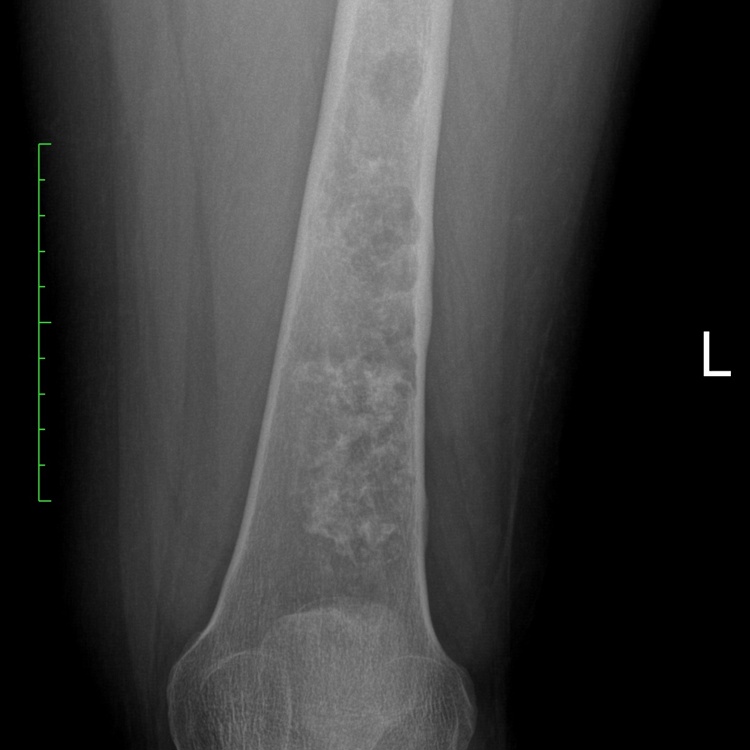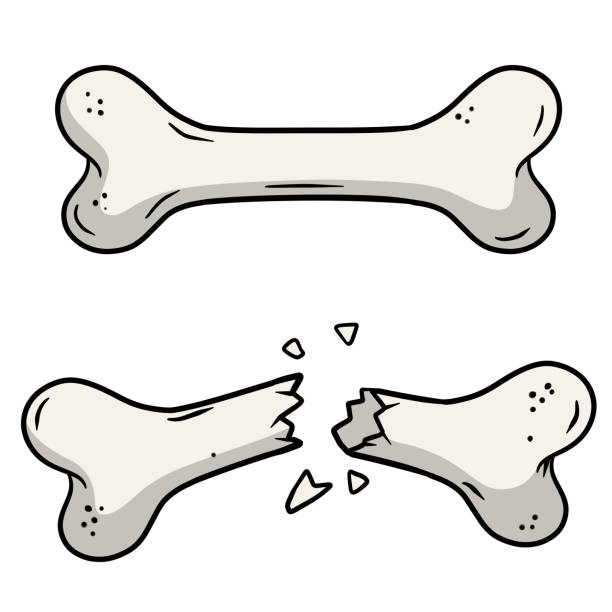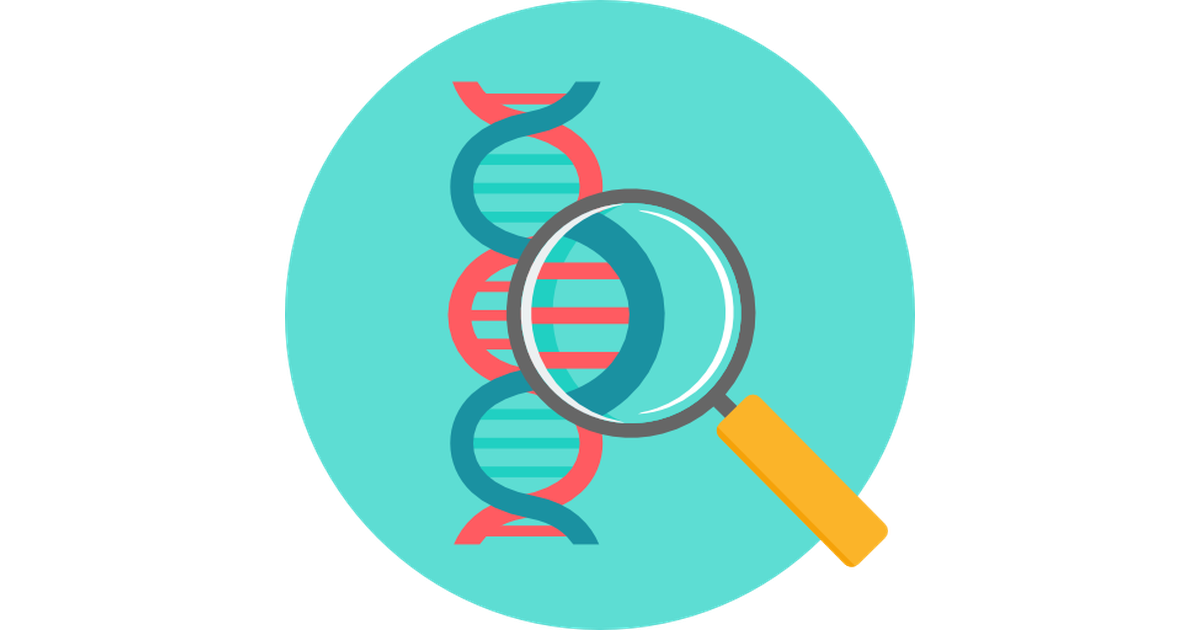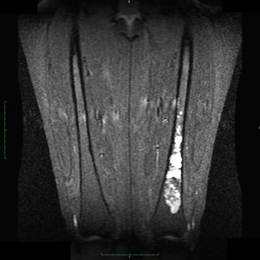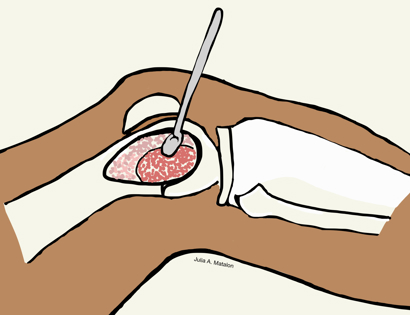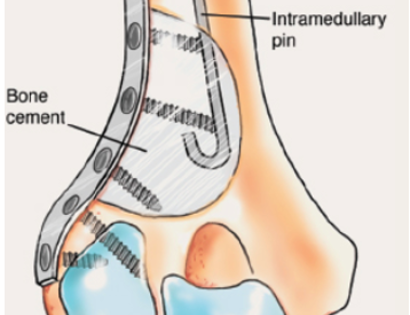What is a Conventional Chondrosarcoma?
Conventional Chondrosarcoma is a bone sarcoma (primary bone cancer) that is made up of cartilage tissue. Conventional means it is the most common type of a chondrosarcoma as there are multiple different types. Cartilage is a type of tissue that lines your joints and allows movement between bones and joints. This type of tumor occurs primarily in the femur, humerus, scapula and pelvis. A chondrosarcoma grows and destroys the bone, adjacent joints and surrounding muscle tissues. Since it is cancerous it can spread to other areas in the body. Conventional chondrosarcoma is classified according to their grade: Low grade, Intermediate grade, High grade. Low grade is slow growing and rarely if ever spread to other body parts. High grade grow rapidly and spread 30-50% of the time.
